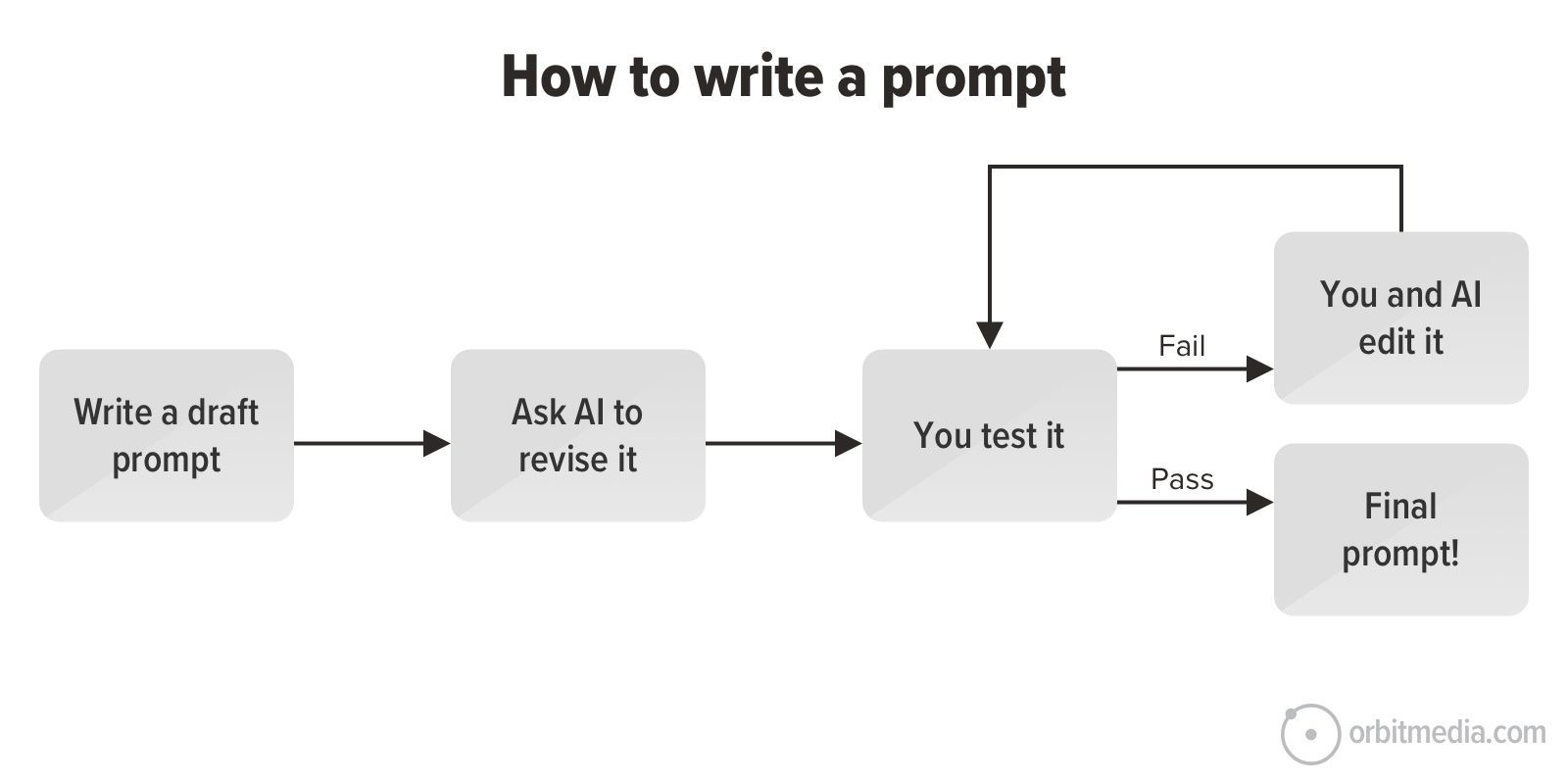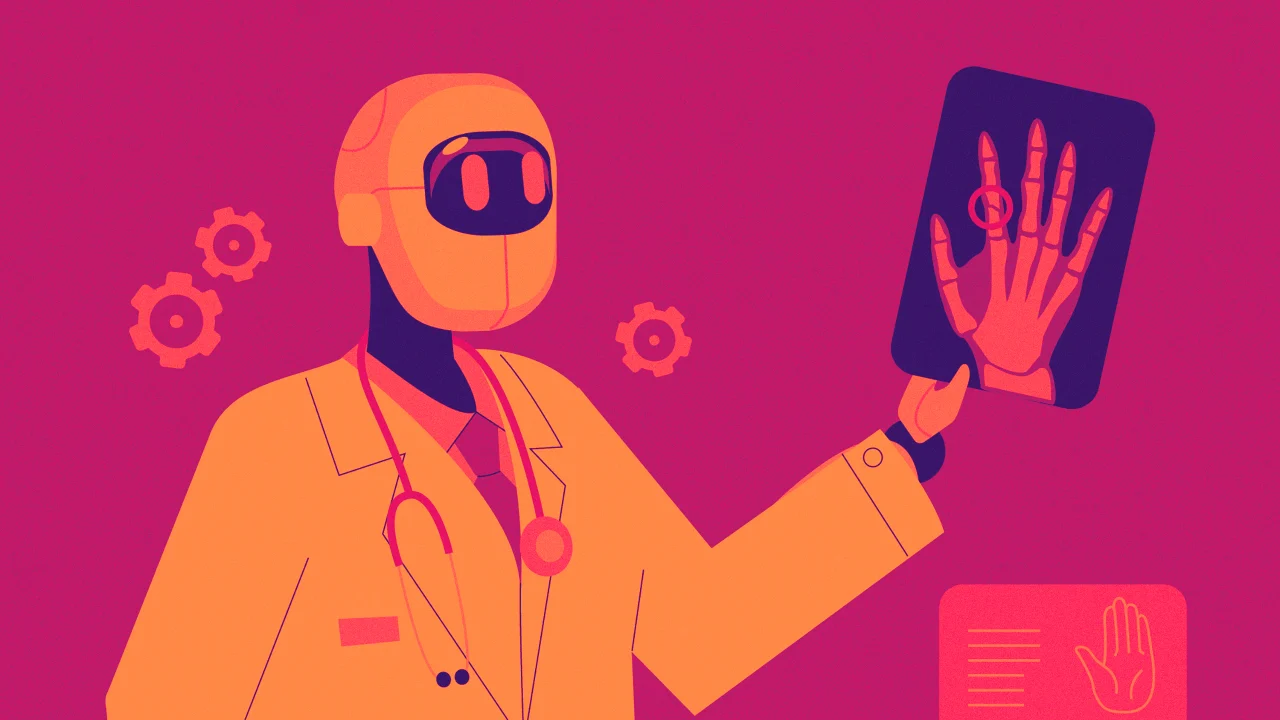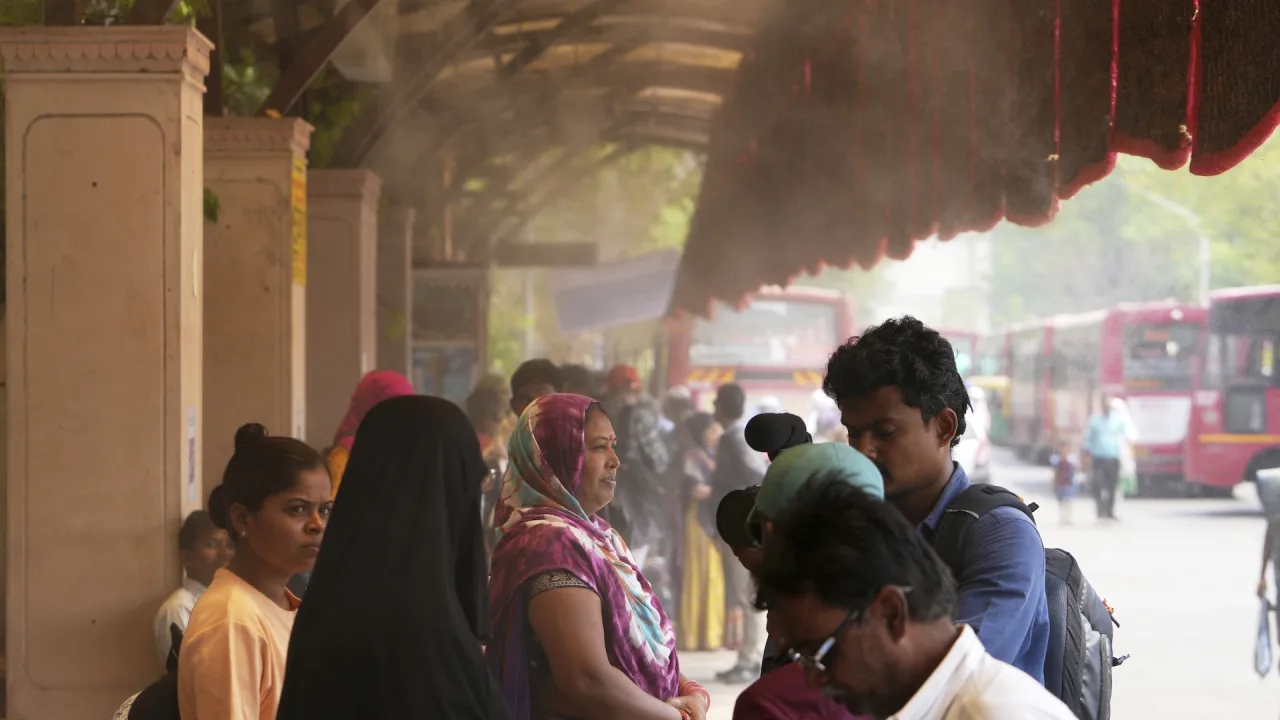AI advances may threaten women’s jobs more than men’s
Women may be at a heightened risk for being edged out of their job (or having their duties change) due to AI. According to a new study, jobs disproportionately done by women, especially in higher income countries, are more steadily becoming automated. The joint study, which comes from the United Nations’ International Labour Organization (ILO) and Poland’s National Research Institute (NASK), was released today. It assessed the ways in which generative AI is reshaping the world, as well as how it changes the role of human beings. “We went beyond theory to build a tool grounded in real-world jobs. By combining human insight, expert review, and generative AI models, we’ve created a replicable method that helps countries assess risk and respond with precision,” said Pawel Gmyrek, ILO senior researcher and lead author, in a statement included in the study. How AI is changing jobs The report found that globally about one in four people have a job with generative AI exposure, meaning their jobs had the potential to be performed by AI. Researchers also found a significant contrast between how at-risk women’s jobs were versus men’s. They found that the jobs that had the greatest risk of being performed by AI made up 9.6% of female employment compared to just 3.5% of jobs typically held by men. Administrative tasks, most commonly performed in clerical jobs, were at the greatest risk, but jobs in media, software, and finance were also at notable risk, as well. The researchers noted that rather than AI taking over employees’ jobs completely, human roles will, more commonly, evolve with the technology. “We stress that such exposure does not imply the immediate automation of an entire occupation, but rather the potential for a large share of its current tasks to be performed using this technology,” the report explained. Shaping the future of work The study’s authors also noted that governments, social dialogue, and worker organizations will be important in determining AI’s growing impact on the workforce in the future. “This index helps identify where GenAI is likely to have the biggest impact, so countries can better prepare and protect workers,” said Marek Troszyński, one of the researchers and a senior expert at NASK. Still, when it comes to women’s work, it’s not the first bad news about the impact of AI. A 2025 report from the World Economic Forum and LinkedIn found that AI is making the gender gap worse. It showed that women are currently in fewer roles being augmented by AI, and more in those disrupted by the technology. Currently 33.7% of women work in occupations that are being disrupted, compared to just 25.5% of men.
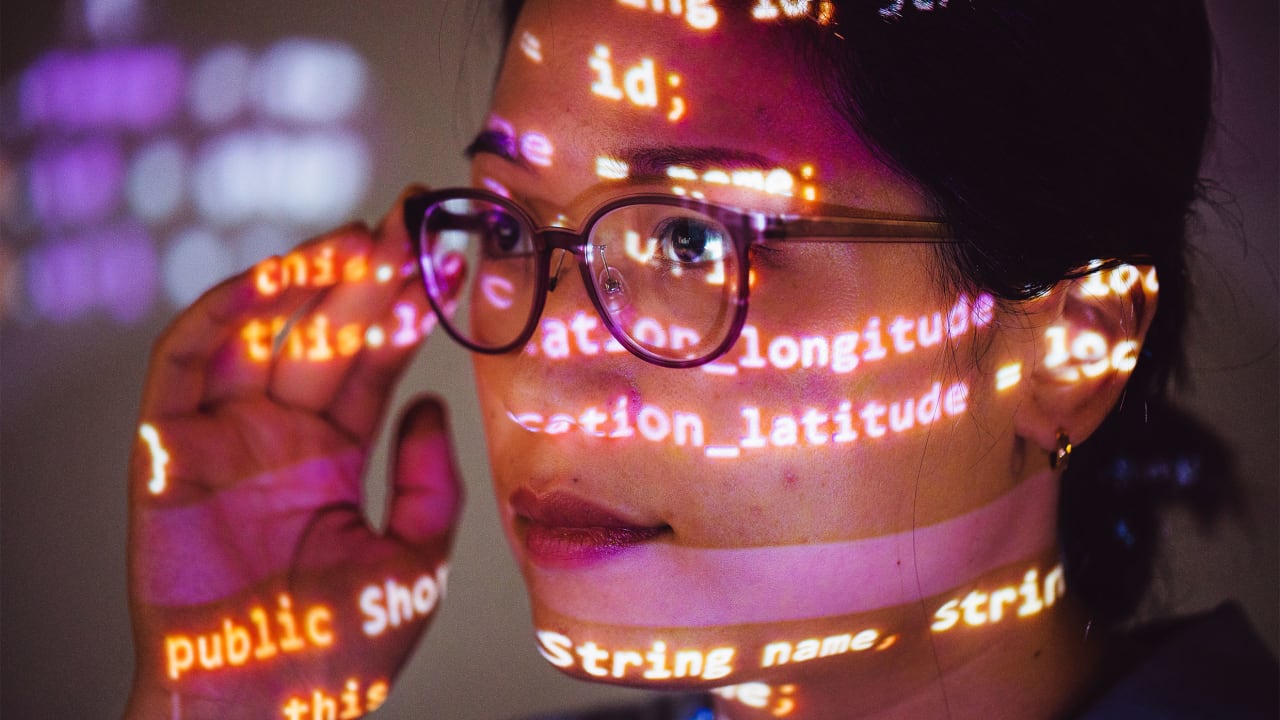
Women may be at a heightened risk for being edged out of their job (or having their duties change) due to AI. According to a new study, jobs disproportionately done by women, especially in higher income countries, are more steadily becoming automated.
The joint study, which comes from the United Nations’ International Labour Organization (ILO) and Poland’s National Research Institute (NASK), was released today. It assessed the ways in which generative AI is reshaping the world, as well as how it changes the role of human beings.
“We went beyond theory to build a tool grounded in real-world jobs. By combining human insight, expert review, and generative AI models, we’ve created a replicable method that helps countries assess risk and respond with precision,” said Pawel Gmyrek, ILO senior researcher and lead author, in a statement included in the study.
How AI is changing jobs
The report found that globally about one in four people have a job with generative AI exposure, meaning their jobs had the potential to be performed by AI. Researchers also found a significant contrast between how at-risk women’s jobs were versus men’s. They found that the jobs that had the greatest risk of being performed by AI made up 9.6% of female employment compared to just 3.5% of jobs typically held by men.
Administrative tasks, most commonly performed in clerical jobs, were at the greatest risk, but jobs in media, software, and finance were also at notable risk, as well.
The researchers noted that rather than AI taking over employees’ jobs completely, human roles will, more commonly, evolve with the technology. “We stress that such exposure does not imply the immediate automation of an entire occupation, but rather the potential for a large share of its current tasks to be performed using this technology,” the report explained.
Shaping the future of work
The study’s authors also noted that governments, social dialogue, and worker organizations will be important in determining AI’s growing impact on the workforce in the future. “This index helps identify where GenAI is likely to have the biggest impact, so countries can better prepare and protect workers,” said Marek Troszyński, one of the researchers and a senior expert at NASK.
Still, when it comes to women’s work, it’s not the first bad news about the impact of AI. A 2025 report from the World Economic Forum and LinkedIn found that AI is making the gender gap worse. It showed that women are currently in fewer roles being augmented by AI, and more in those disrupted by the technology. Currently 33.7% of women work in occupations that are being disrupted, compared to just 25.5% of men.








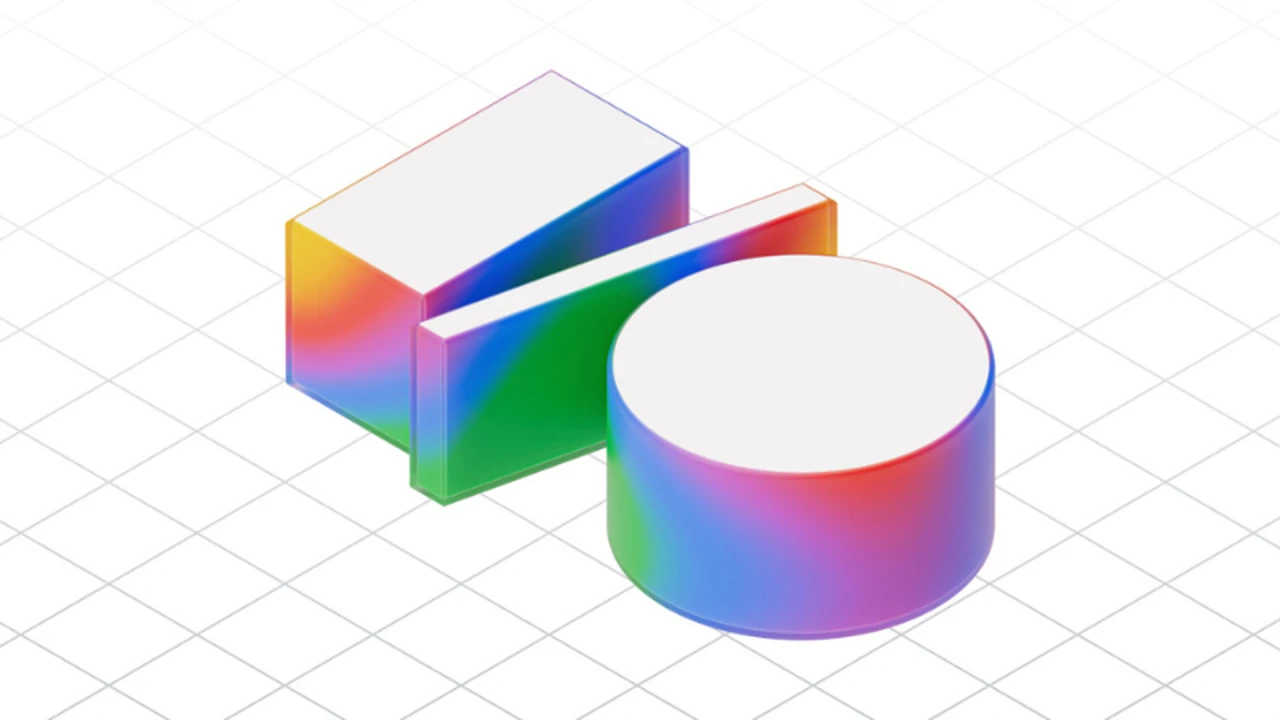

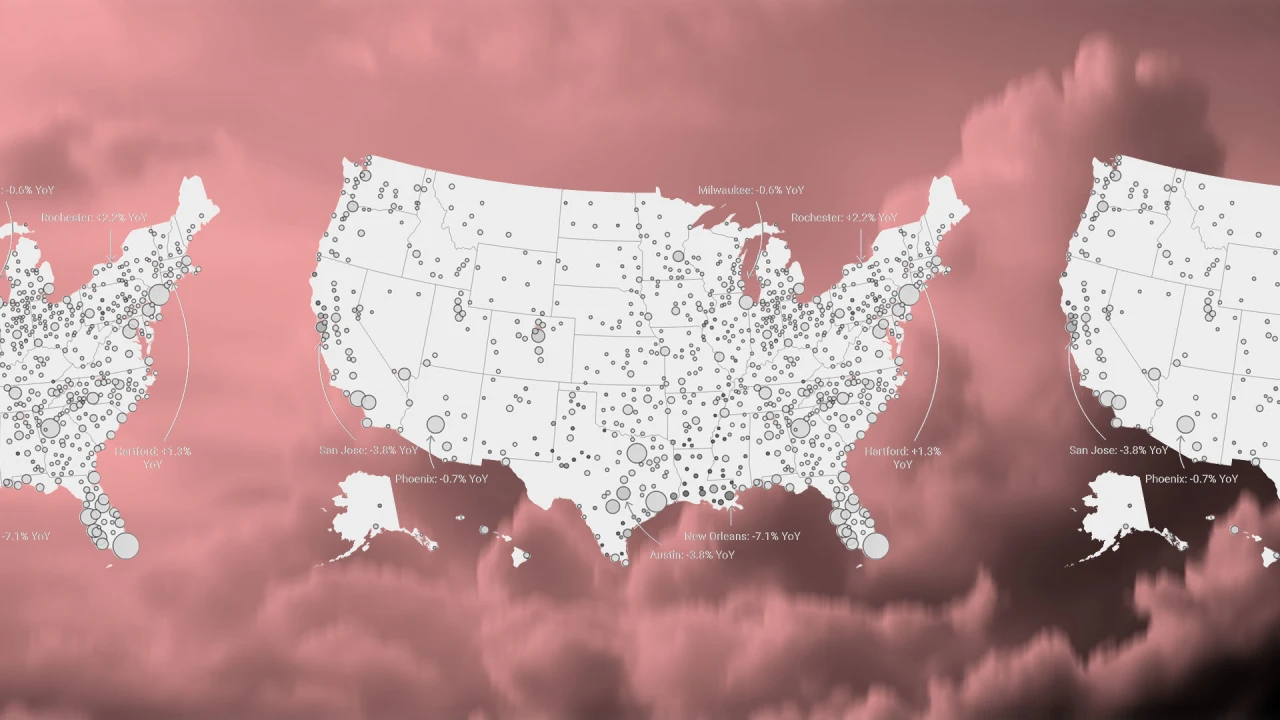































































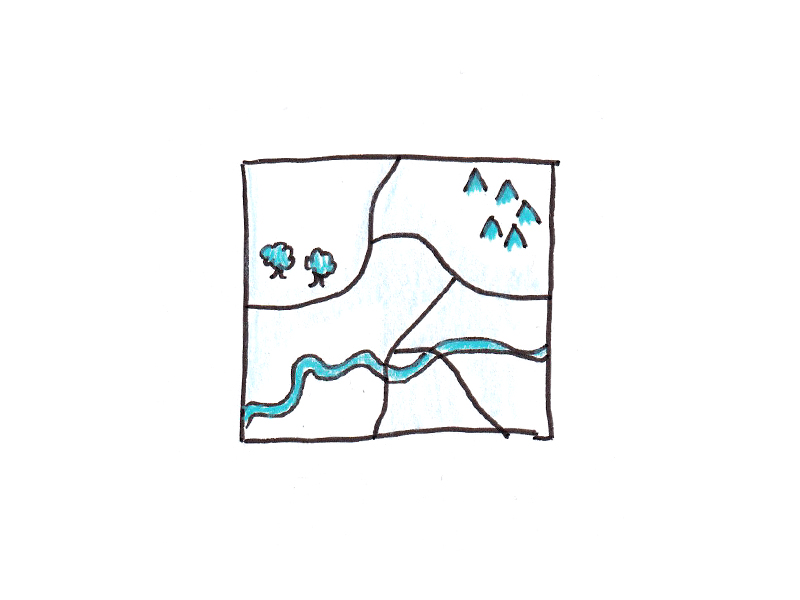


































![Building A Digital PR Strategy: 10 Essential Steps for Beginners [With Examples]](https://buzzsumo.com/wp-content/uploads/2023/09/Building-A-Digital-PR-Strategy-10-Essential-Steps-for-Beginners-With-Examples-bblog-masthead.jpg)















![How to Use GA4 to Track Social Media Traffic: 6 Questions, Answers and Insights [VIDEO]](https://www.orbitmedia.com/wp-content/uploads/2023/06/ab-testing.png)
